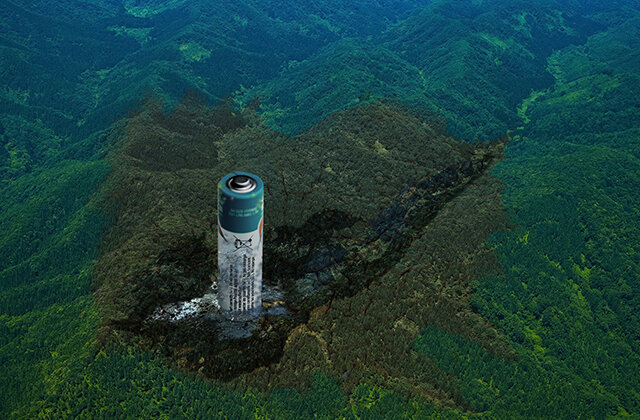According to data, one button battery can pollute 600000 liters of water, which can be used by a person for a lifetime. If a section of No.1 battery is thrown into the field where crops are grown, the 1 square meter of land surrounding this waste battery will become barren. Why did it become like this? Because these waste batteries contain a large amount of heavy metals. For example: zinc, lead, cadmium, mercury, etc. These heavy metals infiltrate into the water and are absorbed by fish and crops. If people eat these contaminated fish, shrimp and crops, they will suffer from Mercury poisoning and central nervous system diseases, with a mortality rate of up to 40%. Cadmium is identified as a Class 1A Carcinogen.
Waste batteries contain heavy metals such as mercury, cadmium, manganese, and lead. When the surface of the batteries is corroded due to sunlight and rain, the heavy metal components inside will penetrate into the soil and groundwater. If people consume crops produced on contaminated land or drink contaminated water, these toxic heavy metals will enter the human body and slowly deposit, posing a great threat to human health.
After the mercury in waste batteries overflows, if it enters human brain cells, the nervous system will be severely damaged. Cadmium can cause damage to the liver and kidneys, and in severe cases, bone deformation. Some waste batteries also contain acid and heavy metal lead, which can cause soil and water pollution if leaked into nature, ultimately posing a hazard to humans.
Battery treatment method
1. Classification
Smash the recycled waste battery, strip the zinc shell and bottom iron of the battery, take out the copper cap and graphite rod, and the remaining black matter is the mixture of Manganese dioxide and ammonium chloride used as the battery core. Collect the above substances separately and process them to obtain some useful substances. The graphite rod is washed, dried, and then used as an electrode.
2. Zinc granulation
Wash the stripped zinc shell and place it in a cast iron pot. Heat it to melt and keep it warm for 2 hours. Remove the upper layer of scum, pour it out for cooling, and drop it onto the iron plate. After solidification, the zinc particles are obtained.
3. Recycling copper sheets
After flattening the copper cap, wash it with hot water, and then add a certain amount of 10% sulfuric acid to boil for 30 minutes to remove the surface oxide layer. Remove, wash, and dry to obtain the copper strip.
4. Recovery of ammonium chloride
Put the black substance into a cylinder, add 60oC warm water and stir for 1 hour to dissolve all ammonium chloride in water. Let it stand still, filter, and wash the filter residue twice, and collect the mother liquor; After the mother liquor is Vacuum distillation until a white crystal film appears on the surface, it is cooled and filtered to obtain ammonium chloride crystals, and the mother liquor is recycled.
5. Recovery of Manganese dioxide
Wash the filtered filter residue with water for three times, filter it, put the filter cake into the pot and steam it to remove a little carbon and other organic matter, then put it into water and stir it fully for 30 minutes, filter it, dry the filter cake at 100-110oC to obtain black Manganese dioxide.
6. Solidification, deep burial, and storage in abandoned mines
For example, a factory in France extracts nickel and cadmium from it, which are then used for steelmaking, while cadmium is reused in the production of batteries. The rest of the waste batteries are generally transported to special toxic and Hazardous waste landfills, but this practice not only costs too much, but also causes waste, because there are still many useful materials that can be used as raw materials.
Post time: Jul-07-2023





